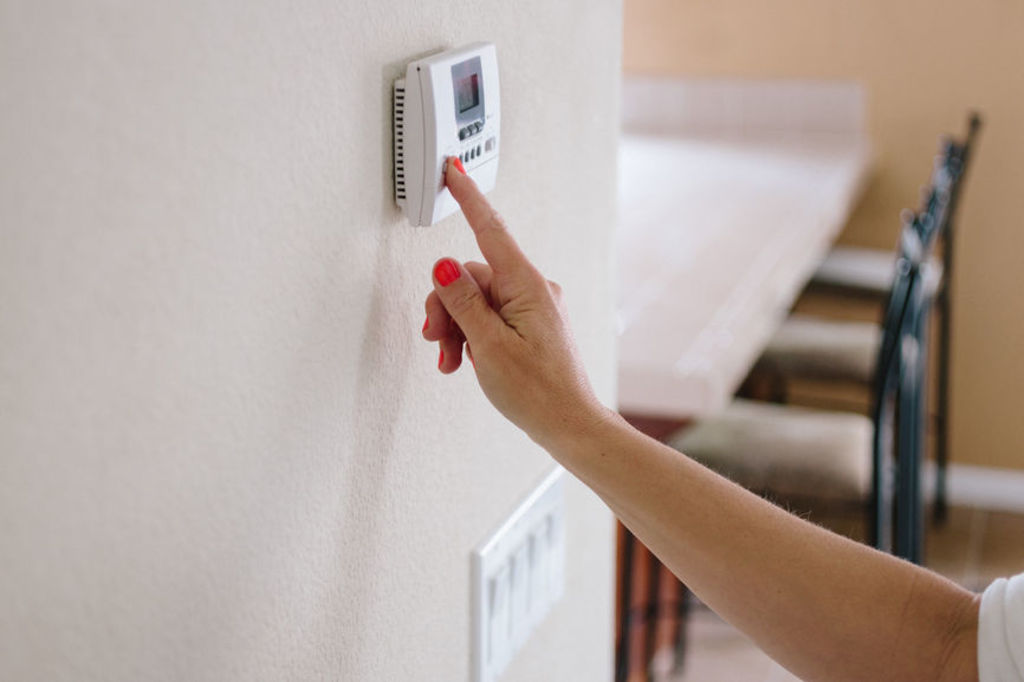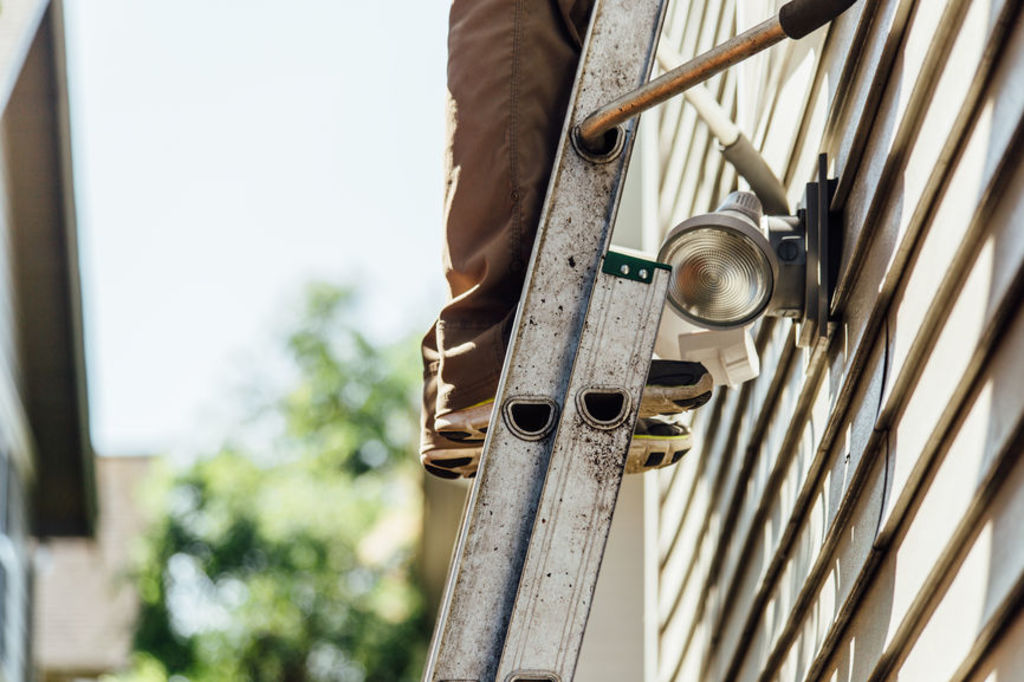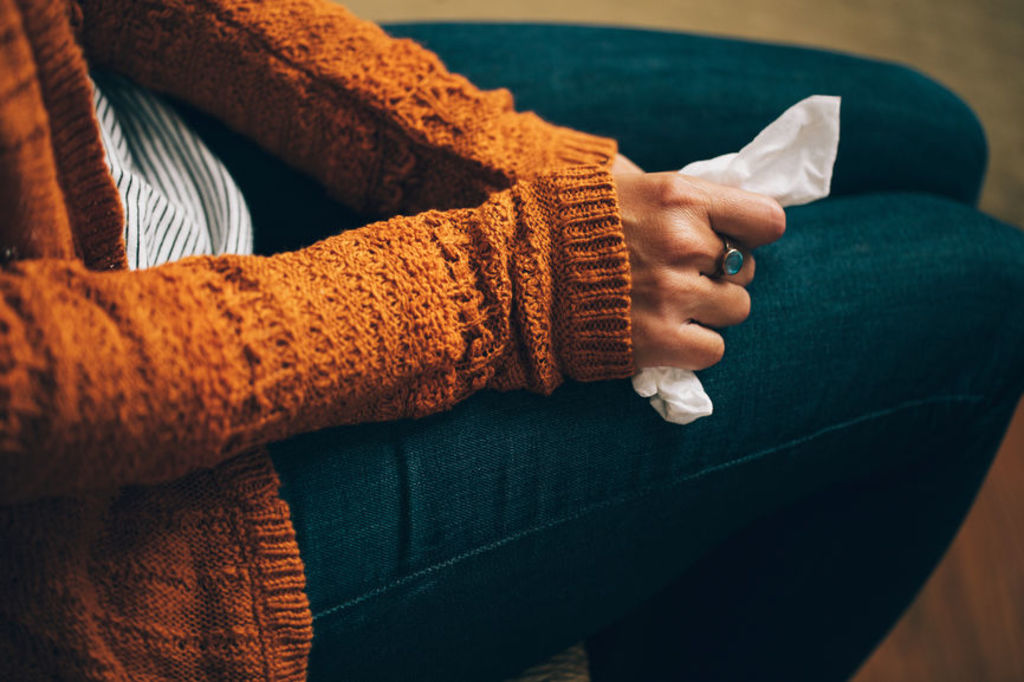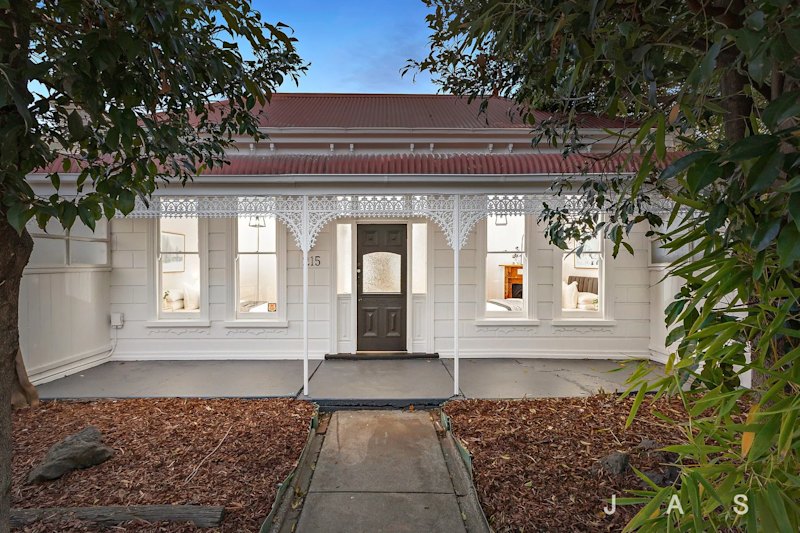Hidden health dangers in the home and how to prevent them

With the temperature dropping, households around Australia will be reaching for blankets and heaters that have been stored away over the warmer months. This makes autumn the perfect time to get gas heaters serviced and put some precautions in place to prevent health issues later on.
Every two years a licensed gas fitter needs to check the heater, flue and the surrounding environment for combustion gasses in the living space.
Research conducted by Energy Safe Victoria shows that 65 per cent of Victorians have ducted gas heating or fixed gas space heaters. But less than half (48 per cent) will ensure they are safe from carbon monoxide poisoning and other faults that can occur with heaters.
The gas fitter will clean the heater and check the flue is creating an up draft, as bird nests and blockages can trap dangerous levels of carbon monoxide inside the house.
“Heaters are like any machinery, they get old,” says Paul Fearon, Victoria’s Director of Energy Safety. “Some of the parts are critical to them not only working efficiently, but also working safely”.

The gas fitter will also check that fans in the kitchen rangehood and bathroom are not drawing the carbon monoxide back into the room.
“Don’t leave your heater on all night and be careful about operating fans when the heater is on,” says Fearon.
Carbon monoxide has no smell, taste or colour. When the gas is inhaled, it enters the blood and takes the place of oxygen, which can cause death.
Symptoms are often confused with the flu, such as headaches, dizziness, disorientation, nausea and fatigue, which is why it is important to have gas heaters serviced regularly.

The use of heaters in winter can dry out the air leading to another health problem, dehydration.
For the same amount of fluid lost from the body in summer, in winter people are 40 per cent less likely to feel thirsty.
Professor of endocrine physiology Rebecca Mason says, “Everyone worries about dehydration during summer, but it can be a problem in winter because the cues aren’t there”.
Sweat evaporates quickly in dry environments, so you may not be as aware that you are losing liquids.
With the air being so dry in winter, water is also lost from our bodies through breathing, as we breathe out moist air and breathe in dry air.
This can result in our kidneys working harder as there is less water. A humidifier can reduce the dryness inside the house, and also remember to keep your fluids up.

Another air pollutant that surfaces in winter is naphthalene, which is found in mothballs.
Over the warmer months, blankets are stored away, sometimes with mothballs. When a cool night hits we reach for a blanket and spend the next six to eight hours breathing in naphthalene.
“You are getting exposed to the chemical in volatile form,” says Dr Slade Matthews, senior lecturer of Pharmacology at Sydney University. “If you were an older person who didn’t move around as much, it’s worse, and we are also worried about babies.”
As mothballs look very similar to a mint lolly, there have been instances of children eating them and being poisoned.
According to NSW Health, some of the symptoms that may occur after exposure to large quantities of naphthalene are fatigue, loss of appetite, nausea, vomiting, and diarrhoea. They suggest blankets stored with mothballs should be aired outside and young children’s blankets washed before use.
We recommend
We thought you might like
States
Capital Cities
Capital Cities - Rentals
Popular Areas
Allhomes
More










